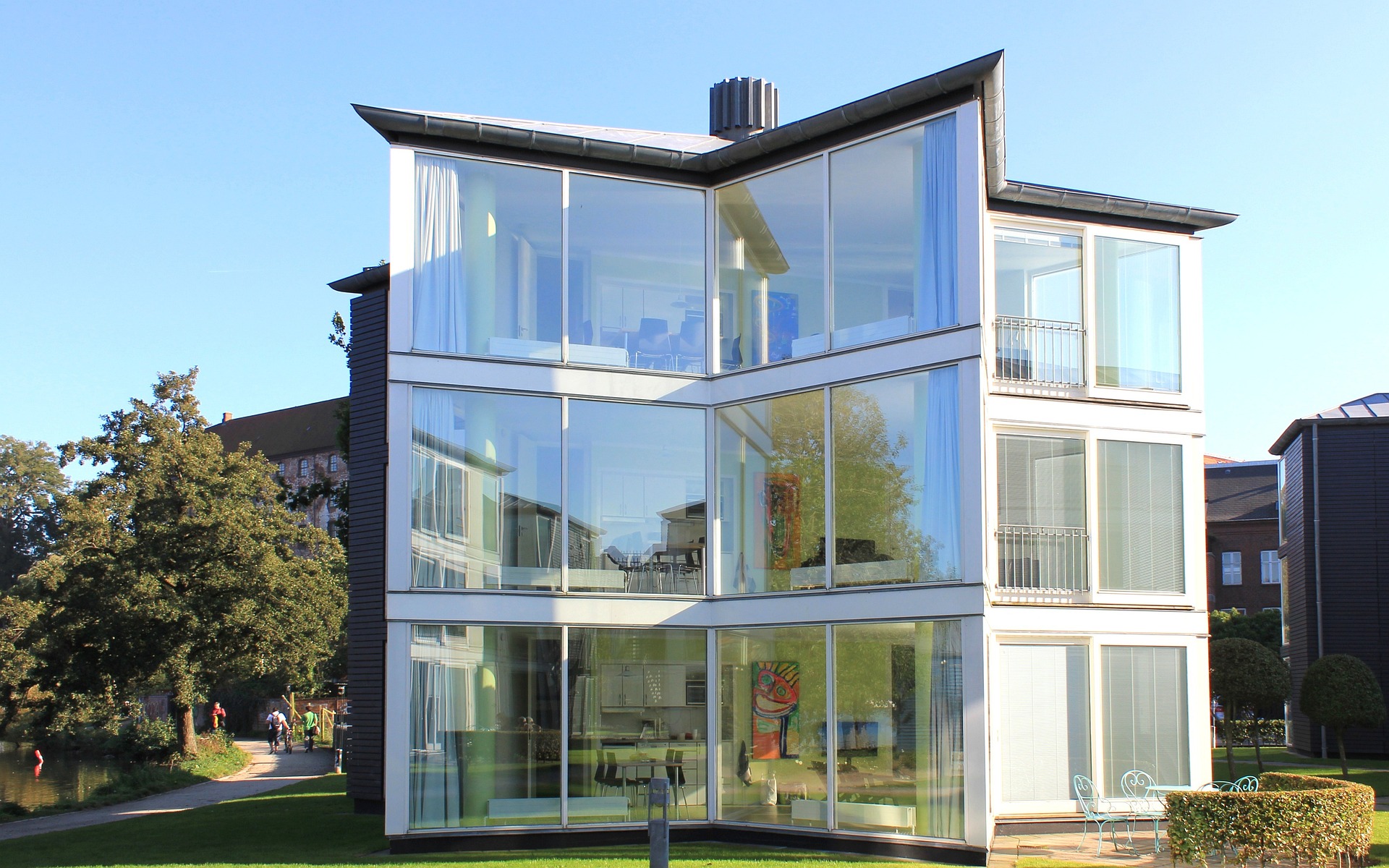The Haunting Beauty of Abandoned Houses: Exploring Forgotten Structures
Abandoned houses stand as silent witnesses to the passage of time, their weathered facades and overgrown yards telling stories of lives once lived and dreams now forgotten. These neglected structures, scattered across urban landscapes and rural countryside alike, hold a unique fascination for many. From urban explorers to photographers and history enthusiasts, abandoned houses captivate the imagination and spark curiosity about the tales hidden within their crumbling walls.

Why do houses become abandoned?
Houses become abandoned for numerous reasons, often reflecting broader societal and economic trends. Economic downturns can lead to widespread foreclosures, leaving properties vacant when owners can no longer afford their mortgages. In some cases, inheritance disputes or legal complications may result in properties sitting unused for years. Demographic shifts, such as population decline in certain areas, can also contribute to the abandonment of homes. Additionally, environmental factors like natural disasters or industrial accidents may render entire neighborhoods uninhabitable, leading to ghost towns filled with abandoned structures.
What are the legal implications of abandoned properties?
Abandoned houses pose significant challenges for communities and local governments. These properties can become havens for criminal activity, pose safety hazards, and negatively impact neighboring property values. Many jurisdictions have laws and regulations addressing abandoned properties, including provisions for property maintenance, tax liens, and potential seizure by local authorities. Some areas have implemented programs to rehabilitate or demolish abandoned houses, aiming to revitalize neighborhoods and address public safety concerns.
How do abandoned houses impact real estate markets?
The presence of abandoned houses can have a substantial effect on local real estate markets. These neglected properties often drive down property values in the surrounding area, making it more difficult for homeowners to sell or refinance their homes. However, abandoned houses can also present opportunities for investors and developers willing to take on renovation projects. In some cases, cities and towns offer incentives for the purchase and rehabilitation of abandoned properties as part of urban renewal initiatives.
What draws people to explore abandoned buildings?
The allure of abandoned houses extends beyond their physical appearance, tapping into a deep-seated human curiosity about the past and the unknown. Urban explorers, photographers, and history enthusiasts are drawn to these forgotten structures for various reasons. Some are captivated by the eerie beauty of decay, finding artistic inspiration in peeling wallpaper and rusted fixtures. Others are driven by a desire to uncover and document local history, piecing together the stories of former residents through the artifacts left behind. The thrill of discovery and the sense of stepping back in time contribute to the enduring fascination with abandoned houses.
How can abandoned houses be repurposed or restored?
While many abandoned houses fall into irreparable disrepair, others present opportunities for creative repurposing or restoration. Historic preservation organizations often work to save architecturally significant abandoned properties, restoring them to their former glory. In some cases, abandoned houses find new life as museums, art galleries, or community centers. Innovative housing projects have also emerged, transforming clusters of abandoned homes into affordable housing or eco-friendly communities. These efforts not only breathe new life into neglected structures but also help revitalize neighborhoods and preserve local heritage.
Abandoned houses serve as poignant reminders of the transient nature of human habitation and the ever-changing landscape of our communities. Whether viewed as eyesores to be addressed or treasures to be rediscovered, these forgotten structures continue to capture our imagination and challenge us to consider the complex interplay between housing, economics, and societal changes. As we look to the future of urban development and community planning, the fate of abandoned houses remains a relevant and thought-provoking topic, inviting us to contemplate the stories behind these silent sentinels and the potential they hold for renewal and reimagination.






